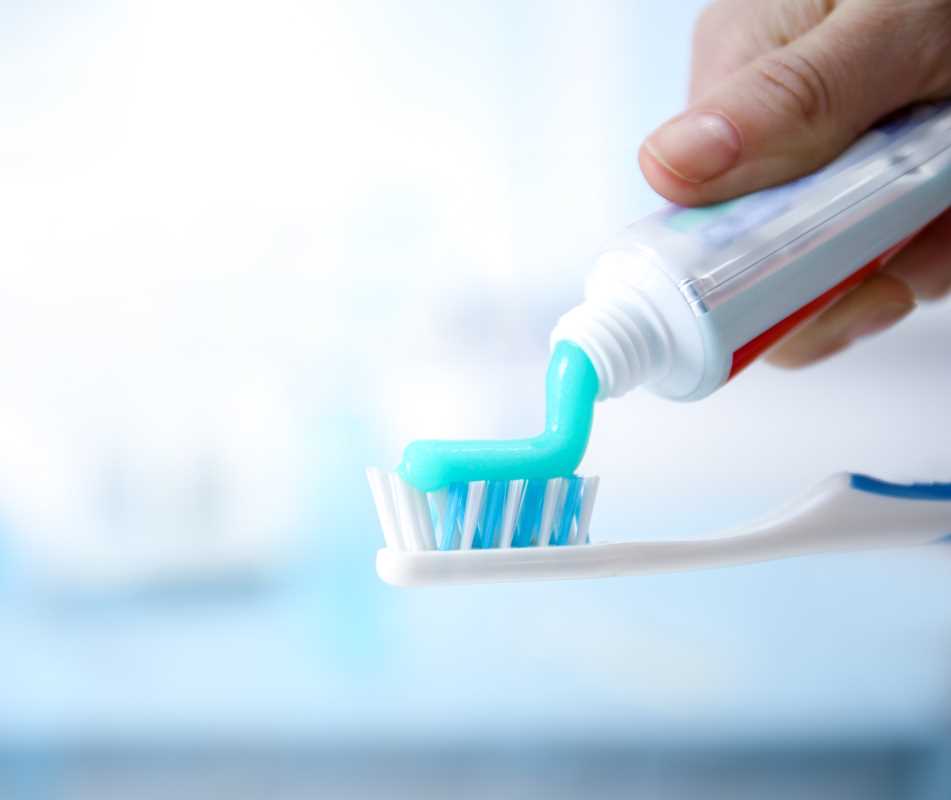Brushing your teeth is a fundamental part of a healthy daily routine, something we do on autopilot to keep our smiles bright and our breath fresh. We trust that the toothpaste we choose is helping, not harming, our dental health. However, not all toothpastes are created equal. Some formulas contain ingredients that can be overly harsh, potentially causing damage to your enamel and irritating your gums over time. Understanding what’s inside your tube of toothpaste is the first step toward making an informed choice for your oral care. We’ve got you covered with a clear guide to potentially problematic ingredients, helping you protect your beautiful smile for the long run.
How Toothpaste Works: The Basics
Toothpaste is designed to do more than just taste minty fresh. Its main purpose is to help your toothbrush remove plaque, a sticky film of bacteria that constantly forms on your teeth. It also helps remove food particles and surface stains. A standard toothpaste formula contains several key components to achieve this.
Abrasives, like hydrated silica or calcium carbonate, provide the gentle scrubbing power needed to physically polish the teeth. Detergents, such as sodium lauryl sulfate, create the foam that helps lift debris away. Fluoride is the star ingredient for preventing cavities, and humectants keep the paste from drying out. While each ingredient has a purpose, the type and amount can make a big difference between a helpful product and one that is too aggressive for your teeth and gums.
Potentially Harmful Ingredients in Your Toothpaste
Becoming a label-savvy consumer can empower you to choose the best product for your unique needs. We're here to help you identify a few ingredients that might be worth avoiding, especially if you have sensitive teeth or gums.
Harsh Abrasives
Abrasiveness in toothpaste is measured on a scale called Relative Dentin Abrasivity (RDA). A low RDA value (0-70) indicates a gentle formula, while a high value (150-250) is highly abrasive. Toothpastes marketed for "whitening" or "tartar control" often have a higher RDA.
While these can be effective at removing surface stains, highly abrasive formulas can act like sandpaper on your teeth. Over time, they can wear down your tooth enamel, the hard, protective outer layer of your teeth. Once enamel is gone, it cannot be replaced. Enamel erosion can lead to increased tooth sensitivity, a higher risk of cavities, and a yellowish appearance as the underlying dentin becomes more visible. You have the power to protect your enamel by choosing a less abrasive paste.
Sodium Lauryl Sulfate (SLS)
Sodium lauryl sulfate is a surfactant responsible for the foaming action we associate with a deep clean. It helps the toothpaste spread evenly and dissolve plaque. However, SLS is a known irritant for many people.
For individuals prone to canker sores (aphthous ulcers), SLS can be a significant trigger, increasing their frequency and severity. It can also cause irritation and dryness in the delicate tissues of the mouth. Some people find that switching to an SLS-free toothpaste completely resolves their issues with canker sores and general mouth sensitivity.
Triclosan
Triclosan is an antibacterial and antifungal agent that was once common in toothpaste, particularly in formulas designed to fight gingivitis. However, its use has become highly controversial due to health concerns. Studies have raised questions about its potential to contribute to antibiotic resistance and disrupt hormone function.
Due to these concerns, the U.S. Food and Drug Administration (FDA) banned triclosan from over-the-counter antiseptic hand soaps in 2016. While it was still permitted in toothpaste for a time, most major manufacturers have since voluntarily removed it from their products. It's still wise to check the label, as you are better off avoiding this ingredient altogether.
Artificial Sweeteners and Dyes
Many toothpastes contain artificial sweeteners like saccharin and aspartame to make them more palatable. While generally considered safe in small amounts, some people prefer to avoid artificial additives. More importantly, certain artificial dyes, such as Blue 1 and Yellow 5, have been linked to allergic reactions and sensitivity in some individuals.
These ingredients don't offer any therapeutic benefit for your teeth. Their only purpose is to improve the taste and appearance of the paste. Choosing a toothpaste free from artificial colors and sweeteners is an easy way to simplify your oral care routine and reduce your exposure to unnecessary chemicals.
Is Fluoride Bad for You?
Fluoride is one of the most debated toothpaste ingredients, but it is overwhelmingly supported by the global dental and medical communities. It is a mineral that has been proven to be highly effective at preventing tooth decay.
Fluoride works in two main ways. First, it incorporates itself into the enamel structure, making the tooth surface more resistant to acid attacks from plaque bacteria. Second, it can actually help remineralize, or repair, areas of enamel that have already been weakened by early decay. For most people, the benefits of using a fluoride toothpaste far outweigh any potential risks. Concerns about fluoride toxicity are typically related to swallowing very large quantities of toothpaste, which is why it's important to use only a pea-sized amount and to supervise young children while they brush.
Choosing a Toothpaste That's Right for You
Navigating the toothpaste aisle can be overwhelming, but we’ve got you covered with some tips to help you make a confident choice. Your ideal toothpaste depends on your specific dental needs and sensitivities.
For Sensitive Teeth
If you experience pain from hot, cold, or sweet foods, look for a toothpaste specifically designed for sensitivity. These formulas often contain ingredients like potassium nitrate or stannous fluoride, which work by either blocking the tiny tubules in your dentin that lead to the tooth's nerve or by creating a protective barrier over them. Choose one with a low RDA value to avoid further enamel abrasion.
For Dry Mouth
Individuals with dry mouth (xerostomia) should avoid toothpastes containing SLS, as it can worsen dryness and irritation. Look for gentle, SLS-free formulas, some of which are specifically created to be soothing and moisturizing for the oral tissues.
For a Natural Approach
If you prefer to use products with fewer synthetic ingredients, there are many natural toothpastes available. Look for brands that are transparent about their ingredients. A good natural toothpaste will still contain an effective, gentle abrasive and, for optimal protection, fluoride. Opt for those sweetened with xylitol, a natural sugar alcohol that has been shown to help prevent cavities.
The Foundation of Good Oral Health
While choosing the right toothpaste is important, it’s only one part of a healthy oral care routine. No toothpaste can make up for poor brushing and flossing habits.
- Brush Correctly: Use a soft-bristled toothbrush and gentle, circular motions. Brush for a full two minutes, twice a day.
- Don't Forget to Floss: Flossing once a day is crucial for removing plaque and food from between your teeth, where your toothbrush can't reach.
- Visit Your Dentist: Regular check-ups and cleanings are essential for catching problems early and maintaining long-term dental health.
Your Smile, Your Choice
Your toothpaste should be a trusted partner in your quest for a healthy smile. By taking a moment to read the ingredient list, you can avoid potentially harsh chemicals and choose a product that gently and effectively cares for your teeth and gums. Being an informed consumer is an empowering act of self-care. You have all the tools you need to make the best decision for your oral health and keep your smile shining bright for years to come.
 (Image via
(Image via





